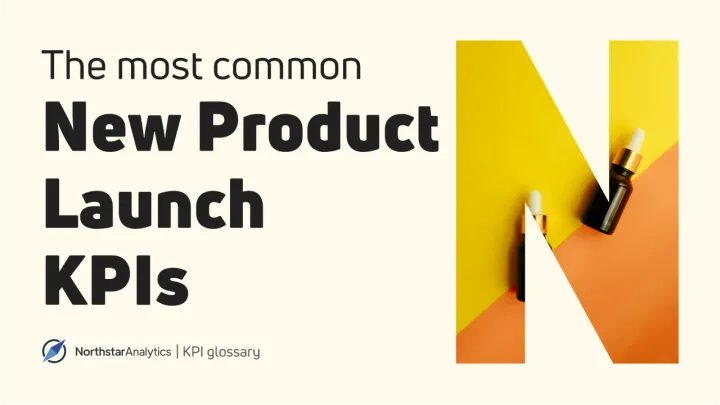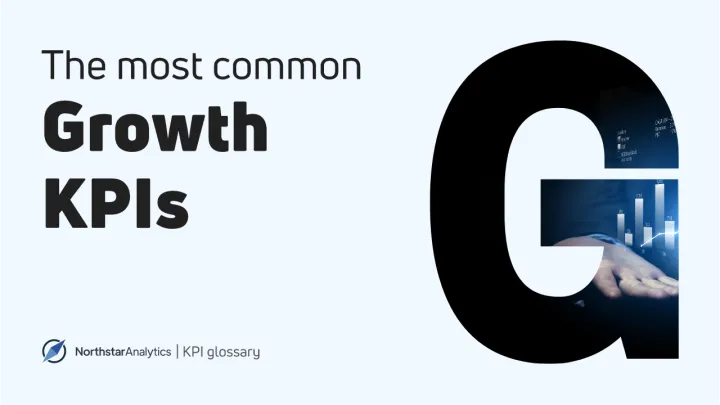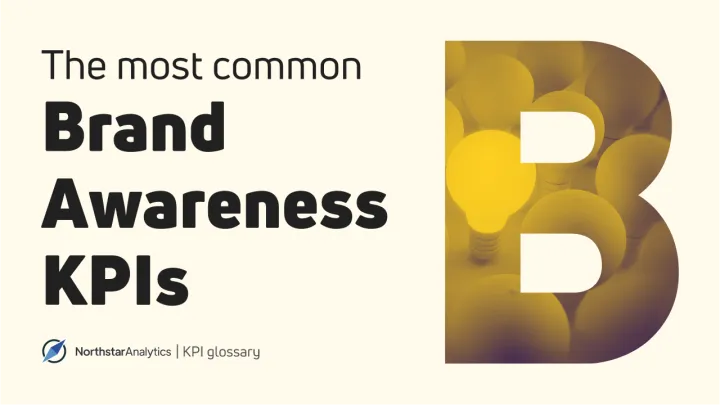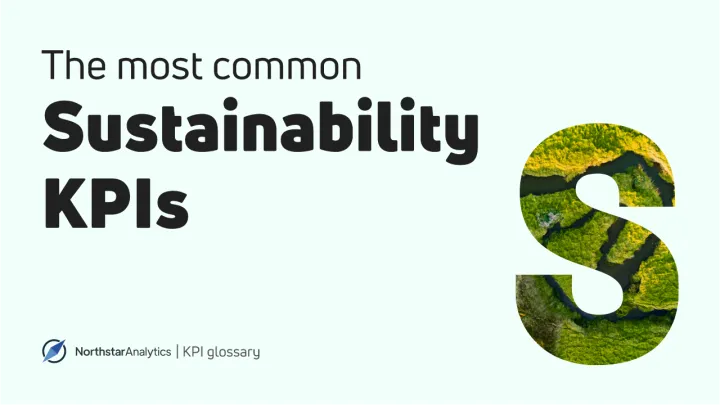Top Project Management Metrics and KPIs
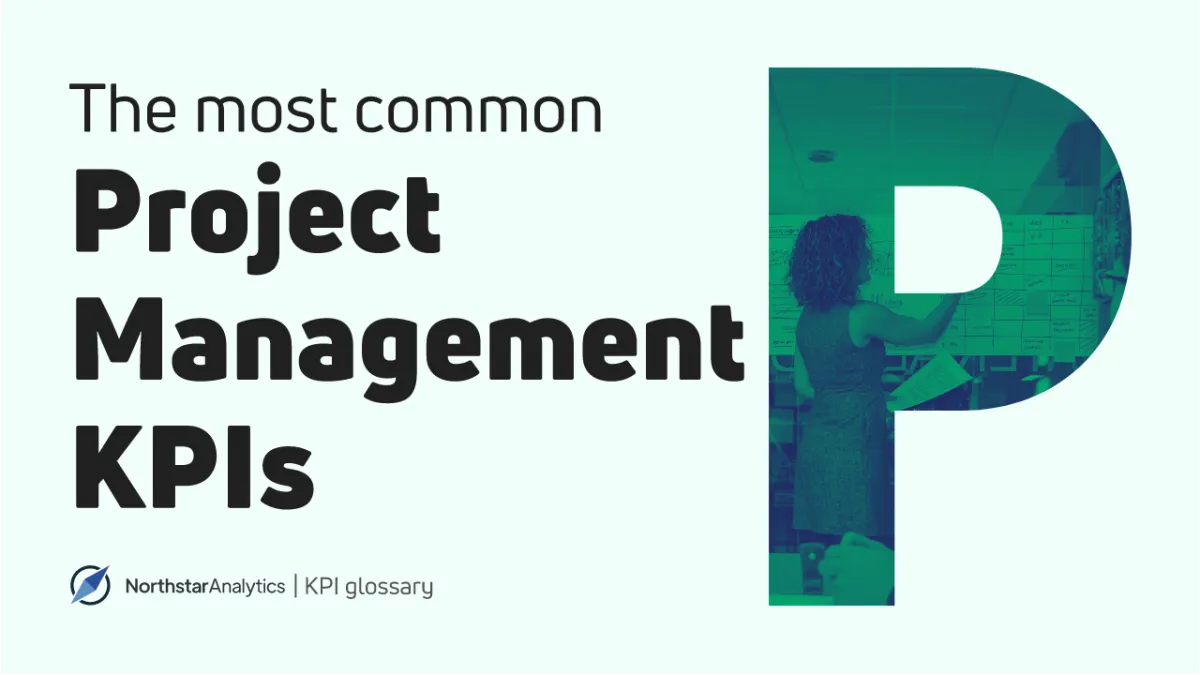
Cycle Time
The amount of time required to execute a specific task or activity. This is useful for recurring chores in a project.
On-Time Completion Percentage
Whether or not a specific project or task is completed by the deadline.
Time Spent
The amount of time spent on the project by the entire team—or, if you choose, by each team member individually.
Number Of Adjustments To The Schedule
How many times has your team made changes to the project's overall completion date?
FTE Days Vs. Calendar Days
How much time your team devotes to a project in terms of calendar days, hours, and/or full-time equivalent work days.
Planned Hours Vs. Time Spent
How much time you estimated a project would take versus how many hours it actually took.
Resource Capacity
The number of people working on a project multiplied by the percentage of time they have available.
Resource Conflict YOY
Year over year comparison of the number of projects with resource conflicts (YOY).
Budget Variance
The amount by which the actual budget differs from the predicted budget. Measure how close the baseline level of expenses or revenue is to the projected value to track this KPI.
Budget Creation (Or Revision) Cycle Time
The amount of time required to develop an organization's budget. This covers the time spent researching, preparing, and reaching a final decision.
Line Items In Budget
Line items assist owners and managers in keeping track of specific expenses, as well as providing a more detailed view of how the budget was spent.
Number Of Budget Iterations
The number of budget versions produced before its final approval. A higher number of budget iterations means more time is being spent planning and finalizing a budget.
Planned Value
The value of what remains to be completed in a project—that is, the planned cost of what remains to be done.
Cost Performance Index
This function compares the budgeted cost of the job you've completed thus far to the actual amount spent.
Customer Satisfaction/Loyalty
Whether or not someone is satisfied and would return.
Net Promoter Score
NPS (or Net Promoter Score), like customer happiness and loyalty, is a user satisfaction KPI assessed by a one-question survey designed to assess brand loyalty.
Number Of Errors
How frequently things must be redone during the job.
Customer Complaints
Remember that the "client" of a project could be someone within your organization—does someone in your organization complain because someone else isn't getting things done?
Employee Churn Rate
The number of team members who have departed the company, expressed as a percentage.
Average Cost Per Hour
This metric reflects the amount of effort required to finish a project, which includes personnel pay, benefits, office space, equipment, and other factors.
Resource Profitability
Calculating resource profitability allows you to determine whether your team members' time is being used efficiently.
Number Of Project Milestones Completed On Time With Sign Off
Are the various components of a project being finished on time? Furthermore, were the milestones met and accepted by the owner or buyer?
Number Of Returns
If you have a capital project with numerous elements, you can track the return rate of those parts to determine if you did a good job planning or altering the project during execution.
Training/Research Needed For Project
You can keep track of this in terms of hours, courses, or anything similar.
Number Of Cancelled Projects
Keeping track of how many projects have been postponed or cancelled.
Number Of Change Requests
The number and regularity with which a client requests revisions to an established scope of work.
Billable Utilization
The proportion of project hours that you can bill to a client.
Return On Investment (ROI)
ROI calculations, which include all of the preceding four KPI categories, calculate the financial worth of a project in relation to its cost.




